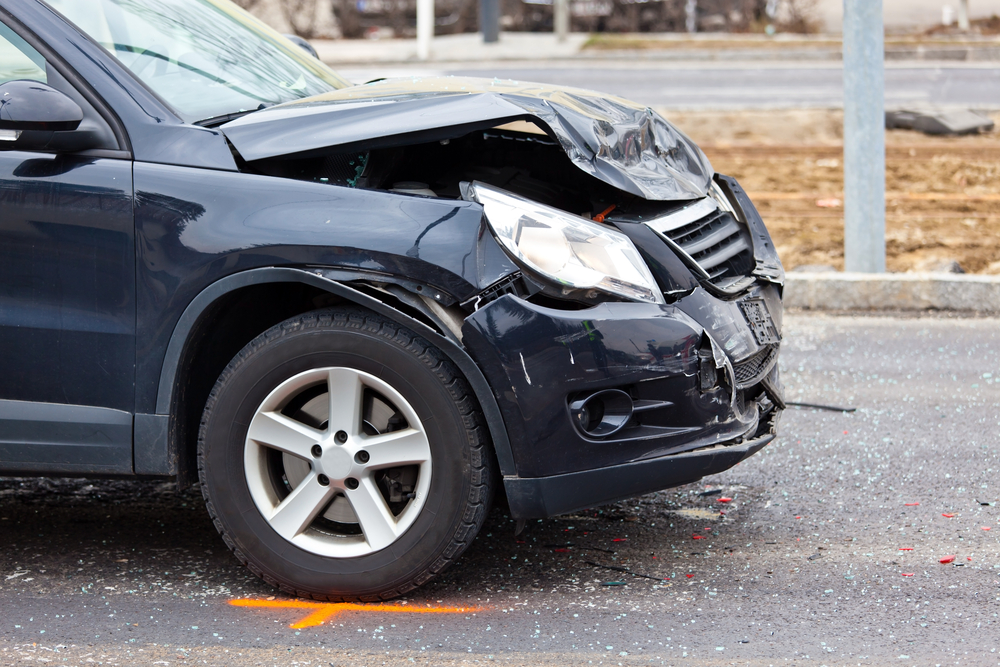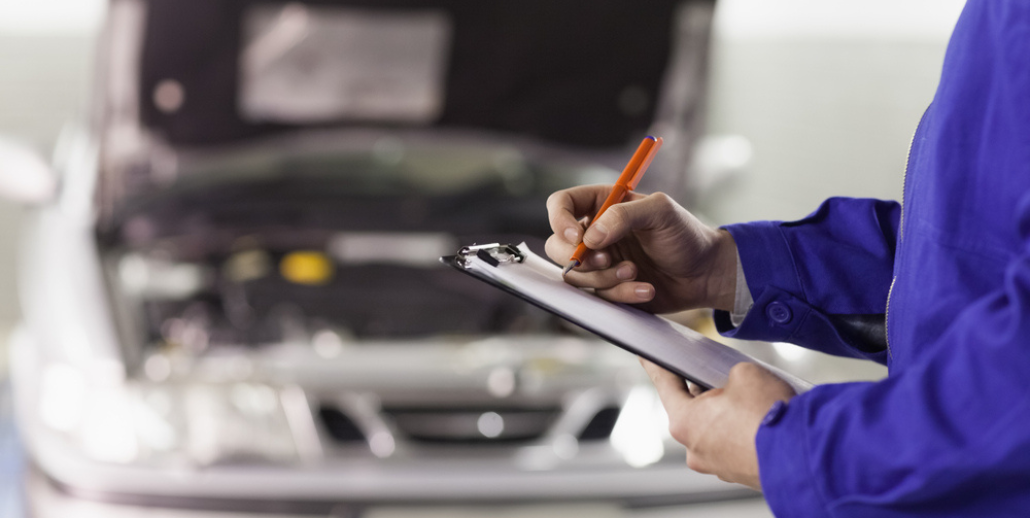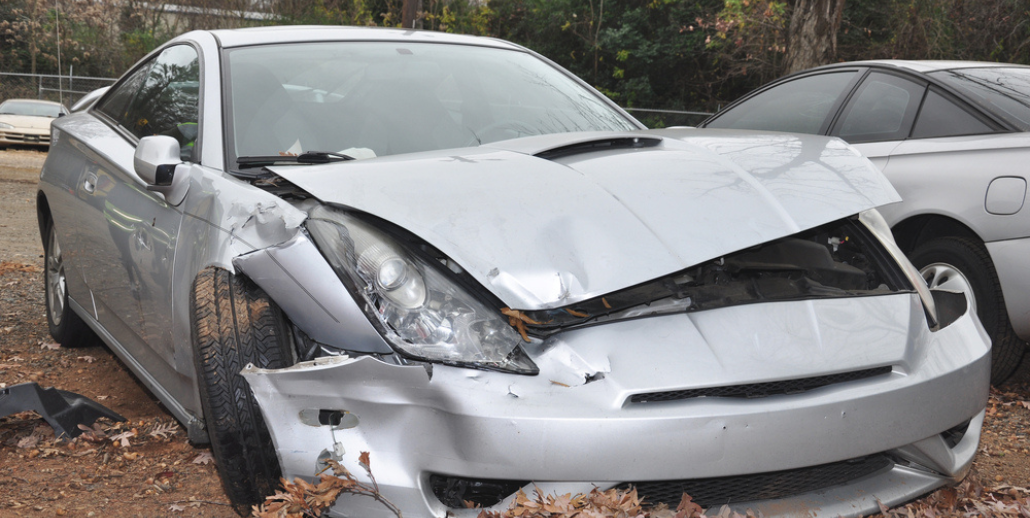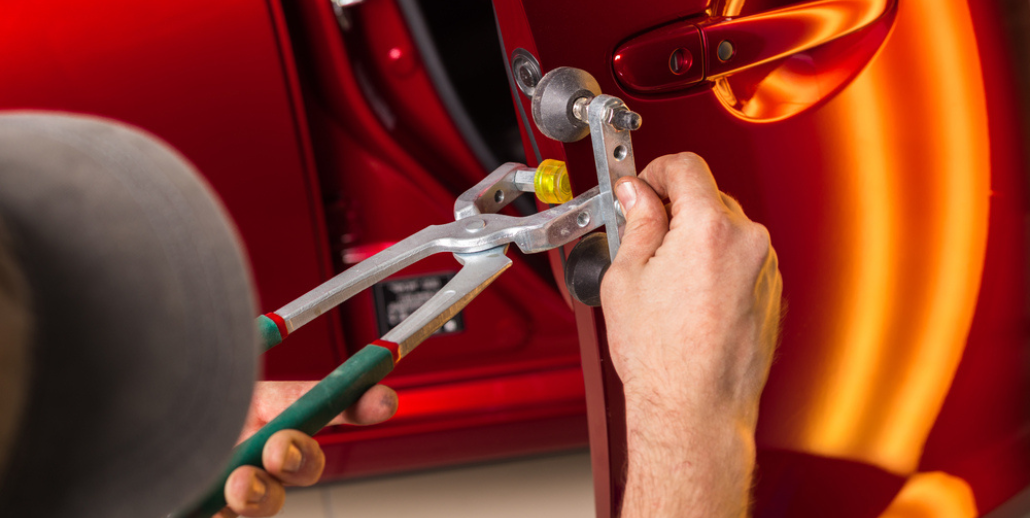It’s time to talk about an unpleasant topic, and that topic is auto accidents. Specifically, we are talking about “fender benders”: Minor collisions that result in minor damage. Despite the name, a fender bender doesn’t necessarily involve fender damage. This term is generally applied to any minor collision between vehicles. So, what should you do if you happen to be involved in one of these? Let’s talk about the most important points.
Step 1: Get All Vehicles To A Safe Position
After the collision has occurred, your first priority is to get both vehicles to a safe position. This will usually mean pulling over to the roadside and waiting for the other driver to do the same. If such an area is not available, use a nearby driveway, a parking lot, or anything else that puts you in a safe location.
If possible, you should get their license plate number before this point, however. Most people will be responsible enough to pull over and exchange information, but some people might get scared and bolt, especially if they were clearly at fault. If necessary, you should direct the other driver to a good place. In most cases, these types of minor accidents will not disable a vehicle, giving you the opportunity to find a good place. The important thing is to get you and the other driver out of traffic where you might be hit again. If you cannot pull off the road, light some road flares around your vehicle.
Step 2: Exchange Information With The Other Driver
After you have removed yourself from immediate danger, you need to exchange information with the other driver. This should include:
- Names
- Insurance policy information
- Telephone numbers
- Driver’s license numbers
- License plate numbers
- Make and model of both vehicles
One little thing to remember at this point: Do not admit fault in any way. If you do, this can later be used against you. Make sure you never admit fault in any way, shape, or form. The question of fault should be decided by qualified investigators, so never automatically assume that you’re at fault and don’t allow the other driver to do so.
Step 3: Analyze And Document The Damage
It is very important to take pictures of both vehicles before even calling the police. If the matter should be disputed by either insurance company, it will be necessary to prove the extent of the damage. Obviously, you should focus your efforts on the areas that have suffered the most damage. Don’t hesitate to take multiple pictures of the same spot from multiple angles. Such pictures will be very valuable to insurance investigators and could prevent you from being held liable. If there are any witnesses involved, this is also the time to talk with them.
Step 4: Call The Police
Now that you have gathered all the necessary information and evidence, it is time to call the police and report the accident. When you’re talking about a fender bender, there is a natural temptation to blow it off and drive away. This should never be done because not all damage is obvious at first. For instance, many modern vehicles have front or rear fenders that are covered by panels. Thus, it may not always be possible to see when they have been bent or dented. You should always report an accident.
As before, make sure that you never admit fault when talking to the officer. Present your account of the incident in a truthful and straightforward manner. When we say “don’t admit fault,” we are not telling you to lie. We are just telling you to stick with the facts. Just tell the officer what happened and let things be decided in the proper way. Before the officer leaves, make sure that you ask for a police report number. This will enable you to get a copy of the accident report from the local police station.
Step 5: Call Your Insurance Company
Don’t assume that your insurance company will be informed about the accident. Either way, it is your responsibility to call them and make a report. The general contact number for your insurance company should be fine, so just call them up and tell them that you need to report an accident. When they connect you to the appropriate person, Simply tell them what happened. They will undoubtedly want to see all of the pictures from the scene of the accident. They will also want the police report number so that they can verify your story. The more information you can give them, the better.
Conclusion
Now that all the legal matters have been handled, it’s time to worry about getting your vehicle fixed. If the damage is very small, you might want to just drive to your preferred repair shop. If it’s a little worse, you’ll need to call a tow truck. Regardless, you will have to ask yourself: “what is the best auto body shop near me?” If you are located in South Jersey, the answer is Elmer’s Auto Body. We have been proudly serving this locality for over 70 years, and we have a well-earned reputation for excellence. If you need help with a fender bender, you can call us at (856) 218-0202.






